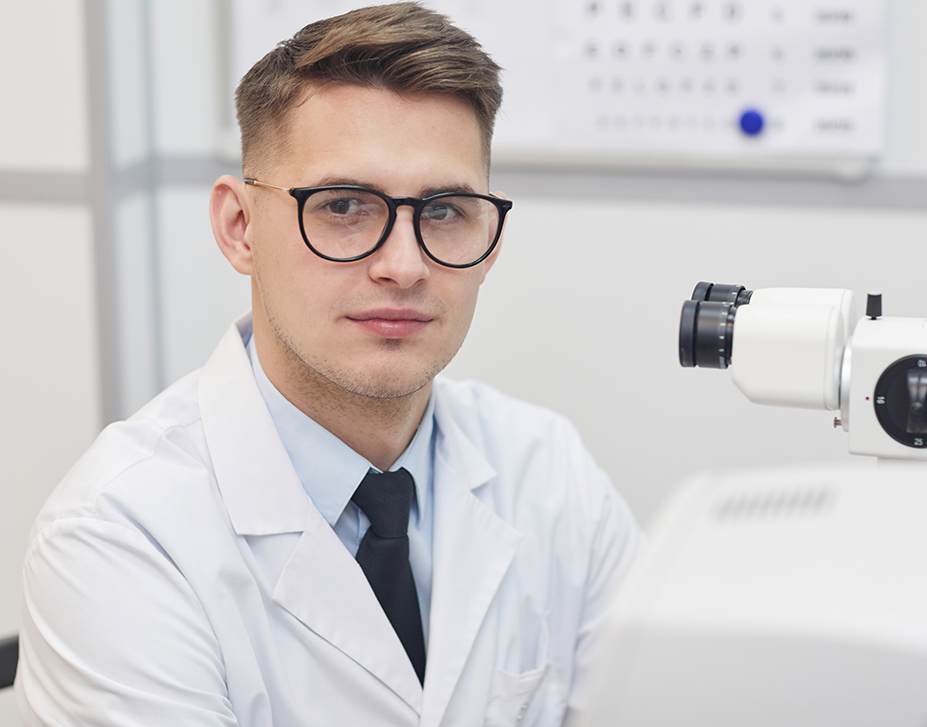Open Hours: Mon - Fri 9:30 - 6:00, Sat: 9:00 - 3:00

The eyes are a complex organ, and so are their complications. As a result, multiple diagnostic tests are required to validate the presence of various eye problems. We have a team of expert opticians on board who use the latest technical devices and advanced equipment to assess the condition of your eyes and provide you with accurate results.
Don’t wait till 40 to get your eyes examined by the opticians. Below is a list of age-list and the right time to go for an eye checkup, which should be followed strictly:
A minimal eye examination comprises tests for visual acuity, pupil function, extraocular muscle motility and direct ophthalmoscopy through an undilated pupil. External examination of eyes consists of inspection of the eyelids, surrounding tissues and palpebral fissure. The position of the eyelids is checked for abnormalities such as ptosis, which is an asymmetry between eyelid positions. Palpation of the orbital rim may also be desirable, depending on the presenting signs and symptoms. The eye doctor also inspects the conjunctiva and sclera using the latest technology-led procedures.


A minimal eye examination consists of tests for visual acuity, pupil function, and extraocular muscle motility, as well as direct ophthalmoscopy through an undilated pupil. External examination of eyes consists of inspection of the eyelids, surrounding tissues and palpebral fissure. Palpation of the orbital rim may also be desirable, depending on the presenting signs and symptoms. The conjunctiva and sclera can be inspected by having the individual look up, and shining a light while retracting the upper or lower eyelid. The position of the eyelids are checked for abnormalities such as ptosis which is an asymmetry between eyelid positions.